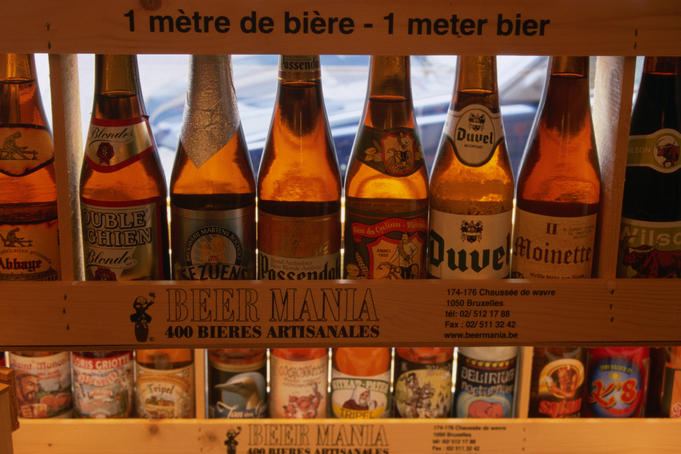Brussels-Capital Region is one of the three Regions of Belgium, while the French Community of Belgium and the Flemish Community do exercise, each for their part, their cultural competencies on the territory of the Region. French and Dutch are the official languages; most public services are bilingual (exceptions being education and a couple of others). The Capital Region is predominantly French-speaking—about 85–90 of the population are French-speakers (including migrants and second language speakers), and about 10–15 are native Dutch-speakers. In January 2006, of its registered inhabitants, 73.1% are Belgian nationals, 4.1% French nationals, 12.0% other EU nationals (usually expressing themselves in either French or English), 4.0% Moroccan nationals, and 6.8% other non-EU nationals. The EU has not declared a capital formally, though the Treaty of Amsterdam formally gives Brussels the seat of the European Commission (the executive/government branch) and the Council of the European Union (a legislative institution made up from leaders of member states). It locates the formal seat of European Parliament in the French city of Strasbourg, where votes take place with the Council on the proposals made by the Commission. However meetings of political groups and committee groups are formally given to Brussels along with a set number of plenary sessions.
medieval times Brussels stood at the intersection of routes running north-south (the modern Rue Haute/Hoogstraat) and east-west (Chaussée de Gand/Gentsesteenweg-Rue du Marché aux Herbes/Grasmarkt-Rue de Namur/Naamsestraat). The ancient pattern of streets radiating from the Grand Place in large part remains, but has been overlaid by boulevards built over the River Senne, over the city walls and over the railway connection between the North and South Stations.










No comments:
Post a Comment